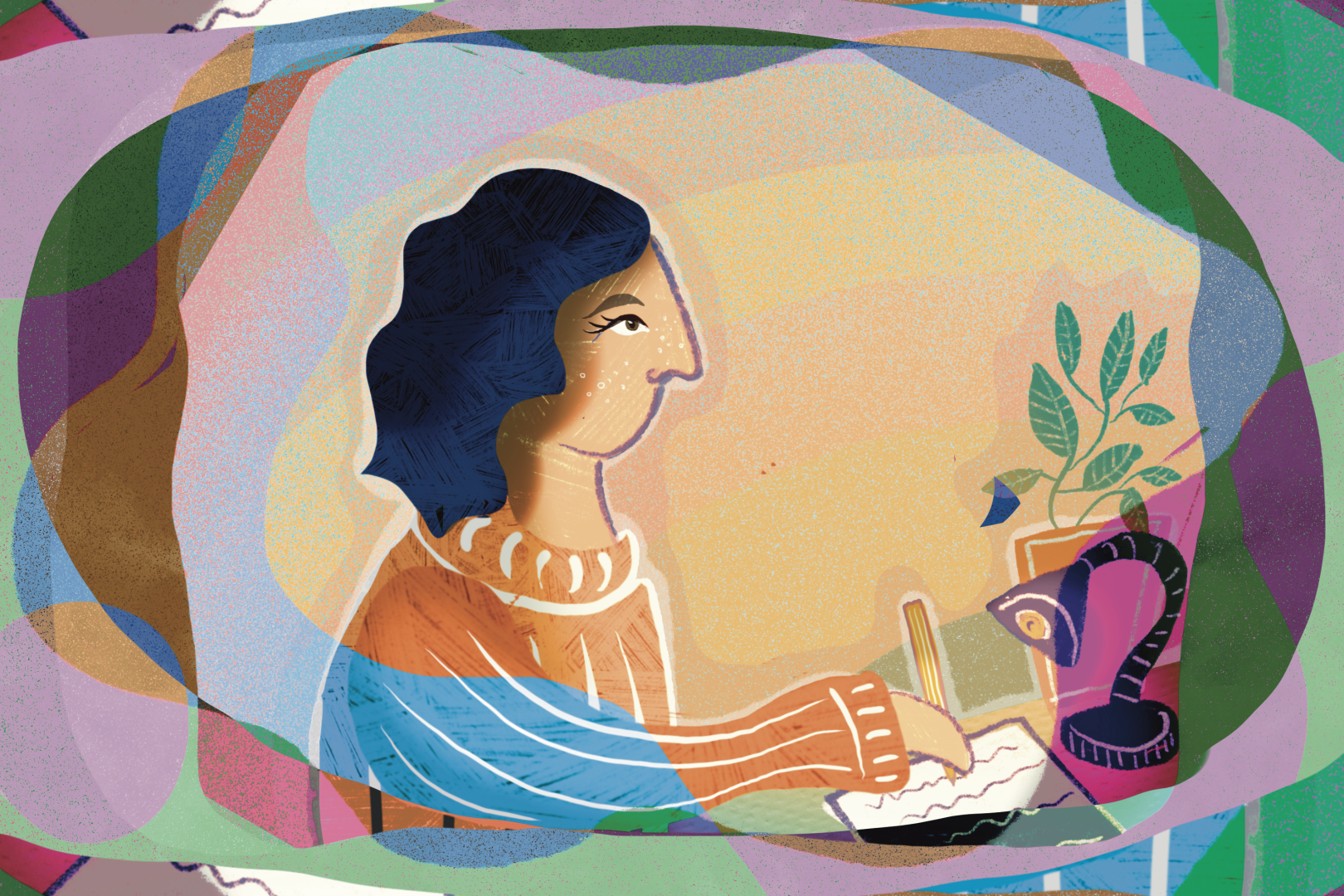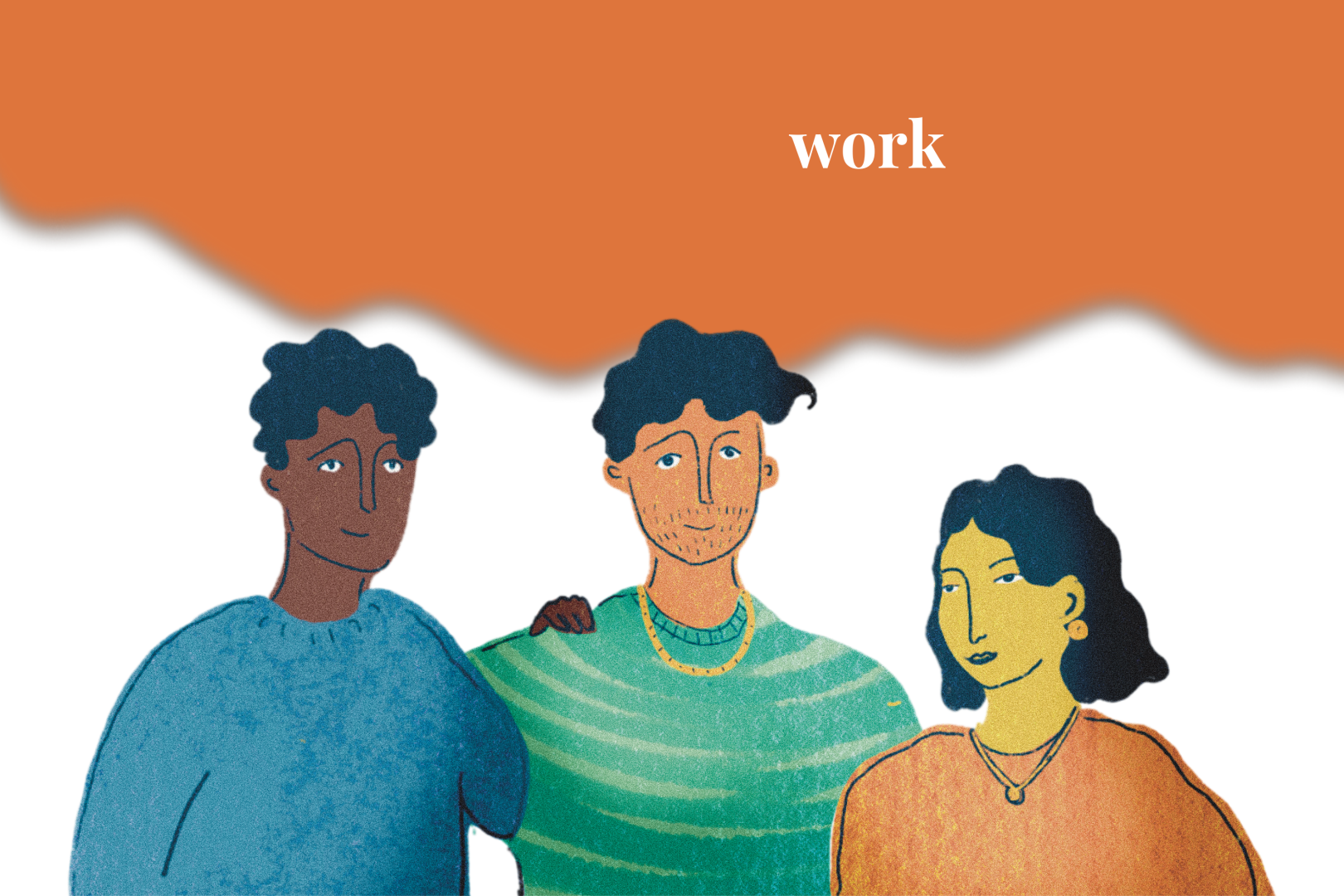
Introduction to Kurdistan youth- Survey 1
Survey: Introducing Kurdistan’s Youth
This survey is the first investigative study into the Kurdistan Region of Iraq’s youth. While the views and opinions of young people on various topics are collected, the survey presents not only their opinions but facts and specifics of the demographic. The findings of this report are brief, offering an introductory snapshot of Kurdistan’s youth. Further research into youth dynamics in the region is currently underway. The survey was conducted by Middle East Theater, a non-profit, young scholars foundation concerned with the involvement of youth in the public world.
Sample and Methodology
We have benefited from the experiences of international institutions specialized in the study of youth in preparing the design of our questionnaire. It was adapted to the current Kurdistan context. A total of 37 researchers participated in preparing and conducting this research: 11 from Duhok, 14 from Sulaymaniyah, and 14 from Erbil.
The staff of Middle East Theater worked on this survey for two months, preparing the questions to finalize the results attached to this paper.
Samples were taken from 19 districts and district centers in the cities of the Kurdistan Region of Iraq, including Erbil district center, Dashti Erbil district, Khabat, Koya, Shaqlawa, and Soran. Sulaymaniyah district center, Sayedsadiq, Rania, Kalar, Choman, Beshdir, and Halabja. Duhok district center, Zakho, Amedi, Akre, Bardarash, Sumel/Khanke.
The sample size includes 3,140 youths aged 16-30, with a duration of (30-40 minutes) for each interview. The margin of error is 2%, with a confidence level of 97.5%.
The survey included the following results:
Employment and Economy
Of youth surveyed, 90% evaluated the economic situation of the region as poor and 60% of them said that their families’ economic situation this year has declined, becoming harder to bear than the same period in the previous year.
The survey also concluded that the weekly expenses of 75% of the sample do not exceed 50,000 IQD. Nearly 50% of them spend 30,000 IQD or less per week.
These figures are reflected in the high rates of unemployment. 23% of the sample work casually from time to time with 51% earning no income whatsoever. However, youth are willing to work. 95% stated they absolutely like working or like it up to a certain extent with 0% not liking work.
When asked who is responsible for improving these living conditions, 55% named the government, 33% said themselves, and 12% said their family.
Integration and Travel
Interviewees were somewhat confined to the limits of their locality. For example, 51% of the sample cannot speak a Kurdish dialect other than their own and 40% either are either ambivalent or do not want to visit a city/town outside of where they live. Despite this, travel around the Kurdistan Region of Iraq is frequent. 86.7% of the sample have visited Erbil and 73.6% have been to Sulaymaniyah.
However, travel beyond KRI is limited. 77.1% have never visited central or southern Iraq. Just 11.8% of the population have left the country. Most of this travel has been to Iran or Turkey, 19.7% and 16% of those who have travelled abroad respectively.
Education
29% of the sample have completed higher education, with just 1% having obtained a Master’s or equivalent degree.
A further 28% have completed up to high school level, with 12% having been awarded a post-high school diploma.
7% of the sample are illiterate or capable of just reading and writing, with no further education.
Source of Information and News: Television, Social Media Platforms, and Other News Platforms
Results indicate a sharp decline in the number of young people watching television in comparison to use of social media and the internet.
Where 66% of the youth depend mainly on social media platforms as a source of news, 18% depend on television. Also, 81% watch movies and listen to music and songs through the internet, and not on television.
The survey shows that 62% of the youth in the Kurdistan Region consider social media platforms to be very important and the majority of them own Facebook, Instagram, or Snapchat accounts. Almost half of the sample spend 3 or more hours browsing social media every day with 20% spending more than 6 hours on social media platforms. Meanwhile, 16% do not know how to use a computer and only 50% feel assured in their computer skills.
Personal Hobbies: Sports, Health, and Reading
The survey showed that 45% of the youth do not play sports or engage in hobbies requiring physical activity. Less than 30% practice one hour of sports a day for a period of 3-4 days per week. Around 52% described themselves as physically healthy. Only 10% of those surveyed can play a musical instrument or practice any other form of art.
In terms of reading, 37% do not read at all, and 25% read for less than half an hour per day. Approximately 18% of the sample read for more than one hour a day.
Ideal role models, Happiness, and Future Optimism
75% of the sample consider teachers good role models, followed by environmentalists at 74%, athletes at 69%, and 60% religious figures. Just 21% believed politicians to be good role models.
51% were optimistic about the future, and around 60% considered themselves happy with the same number describing themselves as psychologically comfortable. 57% of the sample said their body size was perfect.
Membership and Involvement in Civic and Youth Activism
85% of young people do not belong to any political party or civil society organization, or any youth/student/humanitarian organization. 88% are not involved in any non-governmental organization.
The survey indicates that the majority of the youth in the Kurdistan Region are not inspired or involved in organizations with specific ideologies, local or international, reflecting their marginalization from actors in the region.
Conclusion
The results of this survey indicate a wide gap between young people and the civil sphere. The majority of surveyed youth do not belong to any organisation, with less than a third having completed highereducation, and less than half employed. Local actors would be well-advised to engage young people in civic spaces. With the data showing that almost half of the young population spend more than three hours a day on social media, these channels should be seen as opportunities, not barriers, for youth engagement. ME-T’s upcoming study will investigate youth’s use of social media in KRI further. Subsequent surveys will examine youth’s lifestyle, employment, identity, and gender dynamics.

